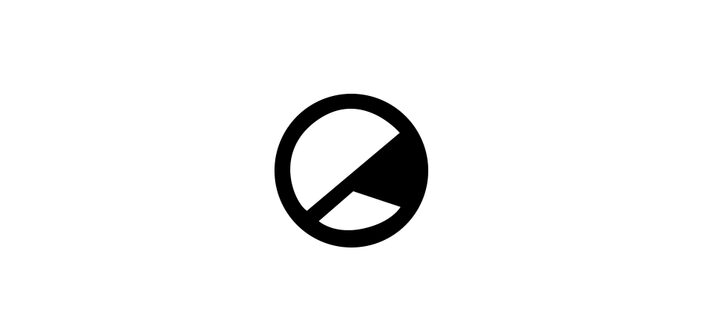The 2010s saw the rise and revival of the vinyl, with 2019 being the first time in 40 years that vinyls have out-sold CDs. As streaming services continue to grow and improve what’s on offer, why is it that such a retro form of music has seen a resurgence? Some argue the sound quality is better, others just enjoy the antique feel of it all, and most will post all about their vinyl collection on Instagram. But as we’ve seen with the release of the CD destroying vinyl sales (until now), and streaming services considered to be the killer of CDs, there will always be a future form of collecting and playing music. The question is, which will take this crown in the future?
As we enter a new decade, it seems the perfect time to ponder on questions such as these. Culture and trends seem to have an extremely repetitive and cyclical narrative, in which new trends tend to be a replication of a previous decade – seen explicitly in the rise of the vinyl. Considering the recent resurgence of 80s/90s culture, seen in the numerous ‘vintage clothing’ fairs, and musical genres ( including Dua Lipa‘s new album, Future Nostalgia), it seems logical that the future of collections is set to revert back to these decades too. Though this could point to both cassette tapes and CDs, due to many of us growing up alongside the rise of CDs, it seems unlikely this would give us that same nostalgic, ‘retro’ feeling that vinyls do. Meaning, our future collections are most likely to take the form of cassettes.
Though this is a bold statement to make, artists are already opting to sell vinyls and cassettes above CDs. For instance, smaller band Buds. (based in Basingstoke) only sold cassettes at their Southampton show at Surburbia. But interestingly, many artists are selling their albums on all three physical platforms. Artists such as Hayley Williams and Dua Lipa are taking this approach with their new albums, making it harder to distinguish a favourite for the future of music. Some artists are also retracting cassette sales, seen in Pvris who released their 2017 album All We Know of Heaven, All We Need of Hell in all three forms, but have removed cassettes as an option for their upcoming album Use Me. That said, the vinyl of Pvris’ 2017 was the only physical format to sell-out – suggesting little difference in popularity between CD and cassette, meaning cassette could still be on the rise.
So, what could a future cassette collection look like in the 2020s? With new inventions such as AirPods, it is unlikely a modern-day cassette collection would be identical to its 1980s popularity, but rather face a reinvention. This could mean keeping the same portable cassette player style, with belt clips and so on, but merging it with modern technologies and allowing for wireless connection through AirPods or similar. Alternatively, with smart watches on the rise, a completely new re-invention of the cassette player could take the form of a Power Rangers looking smart watch, with a cassette slot and Bluetooth earphone connect-ability. Although this is all hypothetical, it’s very plausible considering the shock that the resurgence of vinyl collections took us all by.
Despite these theories seeming believable, it’s also very probable that the future collections could turn fully digital. As technology continuously evolves, it could even be a smart chip in the head (we’re talking Black Mirror style) that allows for music to be played at the blink of an eye, and completely headphone free, making physical music seemingly obsolete. However, everyone loves to read a physical book, just as much as they love to see their music physically in front of them, so it seems unlikely that physical music will ever fully come to an end. The question is, are cassettes the next big physical collection to come?




